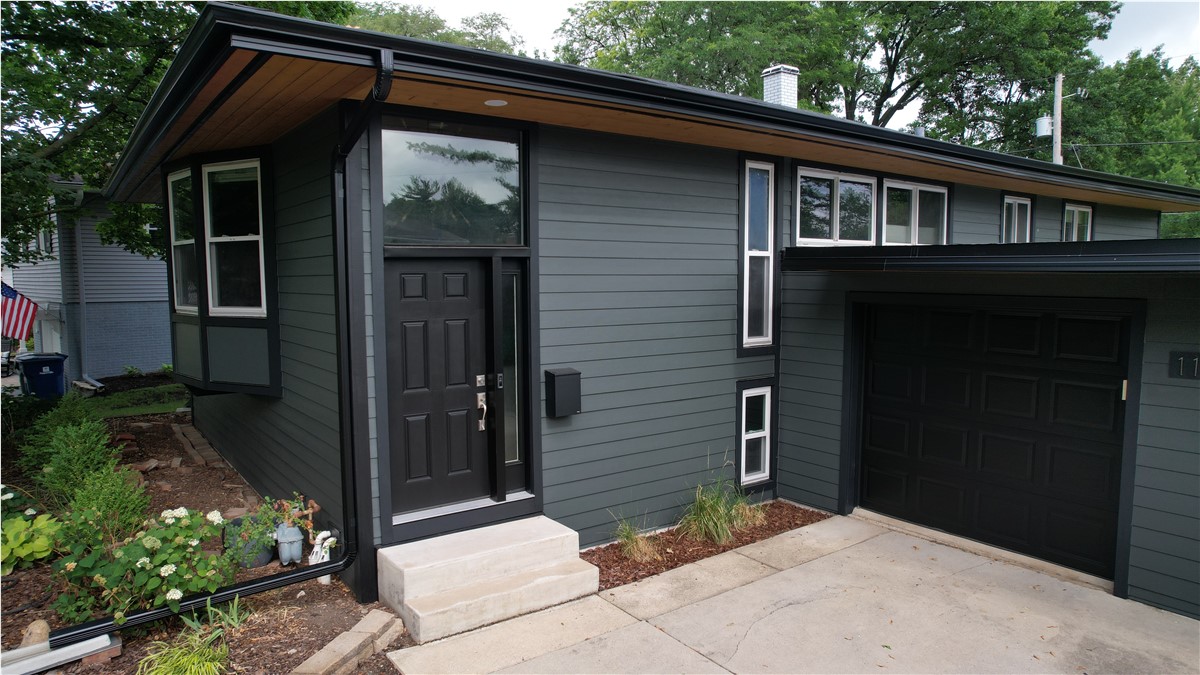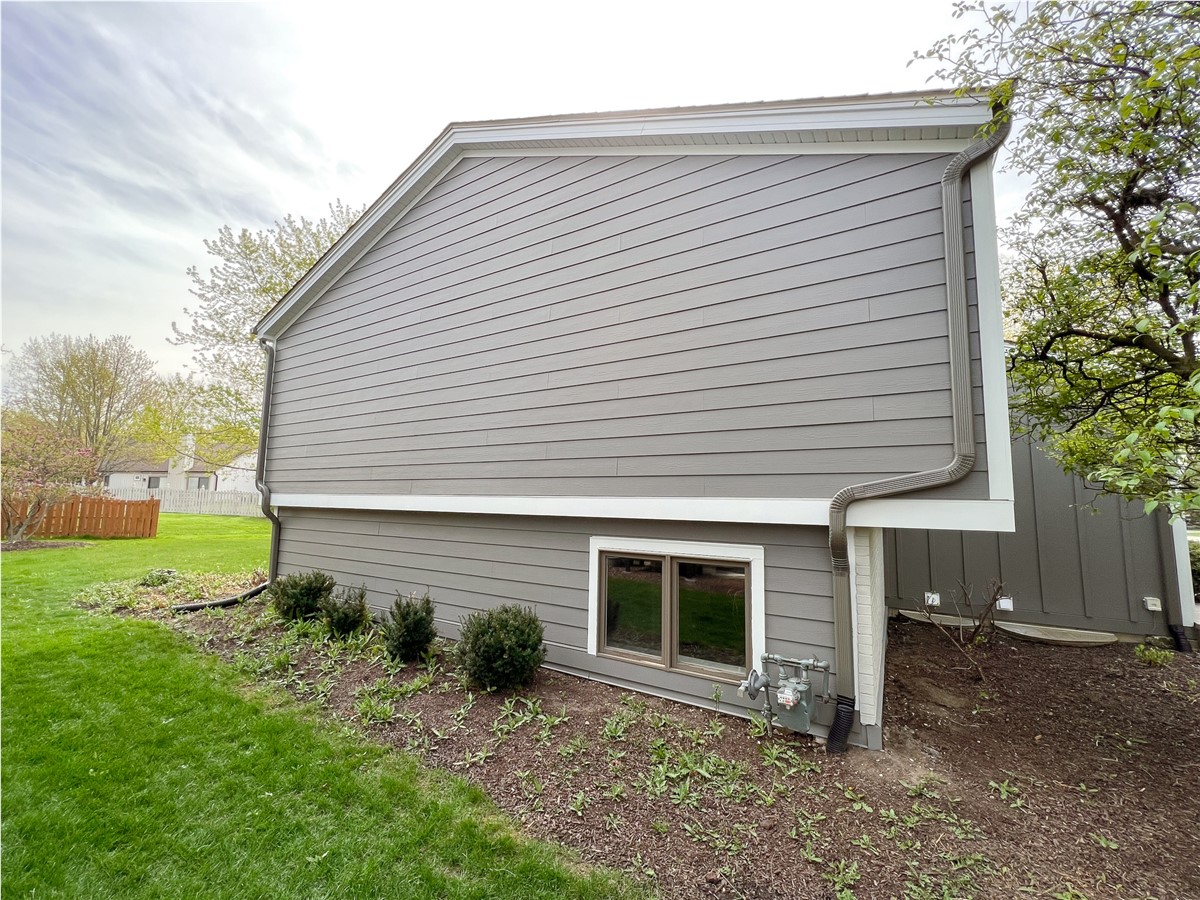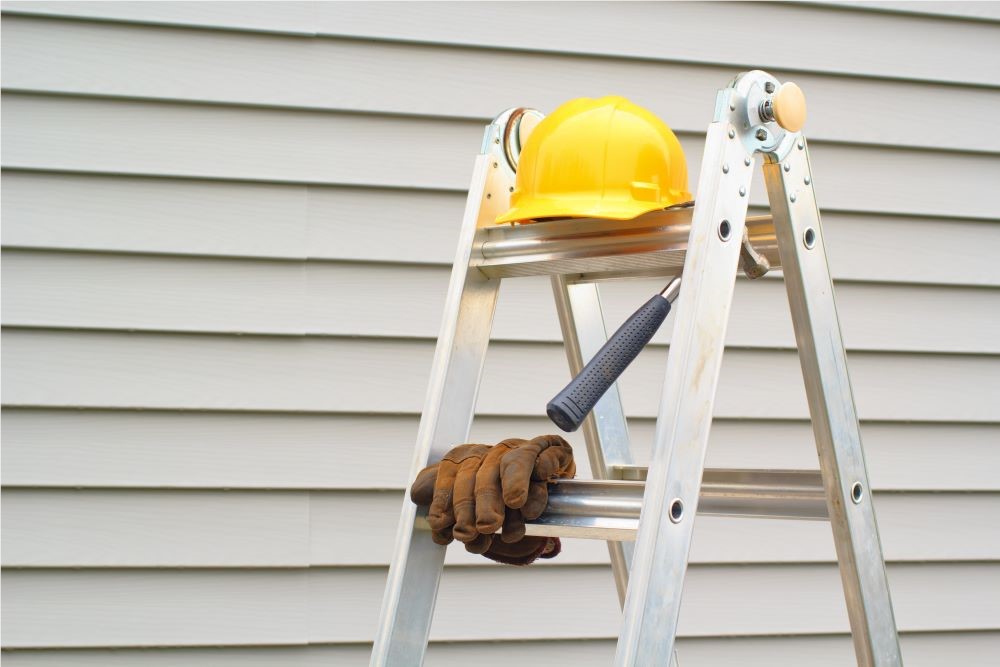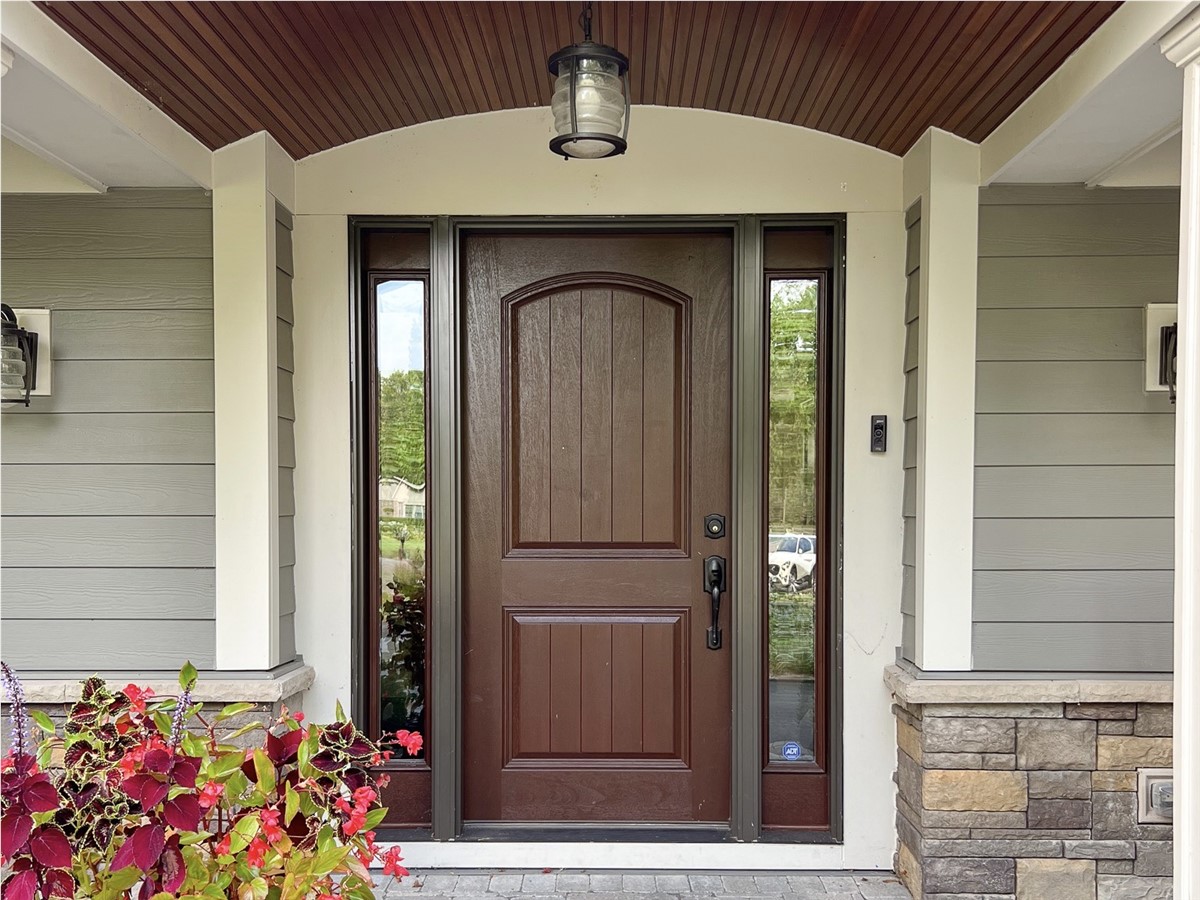Even though the weather doesn't feel like it winter is just around the corner. I'm all about chunky knits and wool socks but I'd rather not have to wear them inside my house. In a perfect world I would keep my home at a balmy 77 degrees...alas that would be expensive AF. A thorough job of leak sealing can cut your home’s total air leakage by 33-46%—reducing your heating bills up to 20%. This winter alone, that could mean up to $300 or more in savings! So it an attempt to not freeze my butt off during what is supposed to be a one of the worse winters we found some energy efficiency tips on how to keep your home toasty and your wallets full.
Sealing All of the Cracks
Hairline cracks in your you caulk or weather strips let out more air then you think. It should be the first place that you check when you are looking to reseal cracks. The next place you should look is the plumbing, ducting, or electrical wiring penetrates through walls, floors, ceilings, and soffits over cabinets. For larger cracks around windows and doors you can find eco friendly sealant to take care of those. Once place you might not think to look is your kitchen exhaust fan. When not in use it is a prime place for air to escape. You can find magnetic covers online for cheap.Fireplace Prep
Even though your fireplace is often viewed as a source of warmth. When not in use it is pretty much a hole to the outside. Many people have fireplace flues. The are often made from metal and warp from the inconsistent temperature. A better choice would be an inflatable chimney balloon. These are made from several layers of durable plastic and inflate to fill the space they are placed in. Oh no! What happens if you forget that it is up there and you want to use your fireplace? The balloon will automatically deflate when the temperature get above a certain point.Better Windows
The most efficient way to cut energy lost from your house is to install high performance windows. Windows now are so high tech now that you don't have to have separate storm windows for the colder months. Marvin Windows understands how important it is to be energy efficient. They use Low E2 glass. Low E2 glass is a simple means of maximizing your home’s thermal efficiency year-round. Low E2 reflects heat back to its source, so summer heat is reflected outdoors and indoor heating in the winter is retained. Low E2 also blocks up to 84% of UV rays to reduce fading and damage to upholstery and carpet.
Windows now are so high tech now that you don't have to have separate storm windows for the colder months. Marvin Windows understands how important it is to be energy efficient. They use Low E2 glass. Low E2 glass is a simple means of maximizing your home’s thermal efficiency year-round. Low E2 reflects heat back to its source, so summer heat is reflected outdoors and indoor heating in the winter is retained. Low E2 also blocks up to 84% of UV rays to reduce fading and damage to upholstery and carpet. Insulation Guide
Blanket Insulation: This type of insulation is the most common, and is made up of fiberglass or rockwool. It is available in rolls or pre-cut "batts" in varying thicknesses, that are sized to fit between the studs in the walls, floors or ceilings. Typically, the R-value of one inch of blanket insulation is R-3+. (R-value is the level of thermal resistance. The higher the R value number, the better its insulating qualities) Blown-in Insulation: Usually consisting of cellulose or fiberglass, this type of insulation is packaged into compressed bundles that are fed into a machine that pulverizes and blows the material into wall cavities and/or attic spaces. One advantage of blown-in insulation is that it is very effective in filling even in hard-to-reach spots around pipes and electrical boxes. The R-value of blown-in insulation is typically R-3.5+ per inch. Spray Foam Insulation: This type of insulation can be sprayed into wall spaces and does an excellent job of creating an air-tight seal from the outdoors. Spray foam's effective insulating qualities come from countless tiny air bubbles trapped inside the foam. There are two types of spray foam insulation -- Open Cell and Closed Cell. Open Cell insulation's bubbles are created by trapped air. It is less expensive than Closed Cell insulation, but it can allow water seepage and its R-value weighs in at R-3.5 per inch of thickness. The bubbles in Closed Cell insulation are created by an injected gas. This makes for a denser foam that is impermeable to both air and water. The R-value of Closed Cell insulation averages around R-7 per inch. Foam Board (Rigid) Insulation: Like Closed Cell Spray Foam insulation, Foam Board Insulation contains billions of tiny bubbles, but it comes in rigid sheets, varying in thickness of 1/2" to 2". R-values per inch can range from R-3.6 to R-8, depending on the type of foam that is used in its manufacturing. The most common applications for Foam Board Insulation is on interior or exterior foundation walls, or beneath flooring. (VIA: advancedhouseplans.com)Tags
Subscribe to Erdmann Exterior Designs's Blog











Comments